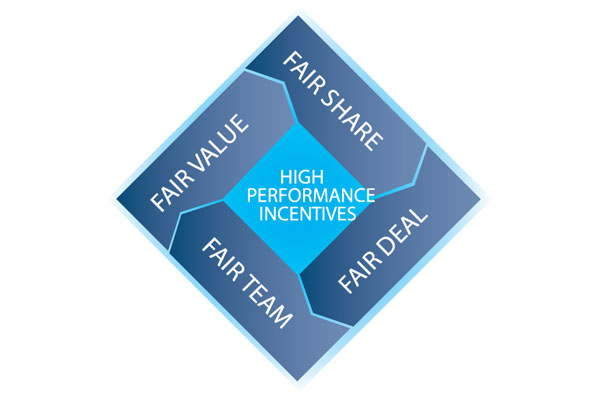Does ‘Skin in the Game’ Really Work?
Private equity Groups (PEGs) have a very successful model. Leverage access to equity and debt capital and acquire companies with lots of upside potential. Bring in proven, value-centric management to create material equity value via organic and M&A growth. All this with a single focus in mind: exit to pay back its investors.
From a human capital perspective, PEGs often insist that new managers put “skin-in-the-game.” A typical approach: a CEO buys around $250K of equity while CXOs buy around $100K of equity.
Replicating the private equity model can be hard
Can a founder replicate the skin-in-the-game PEG model? As they say on TV, don’t try this at home without adult supervision. Asking new managers to buy into a founder company (not a PEG) often does not work. Here’s why:
- PEGs typically have both the control and vision to maximize the value drivers for a company – such as product/service mix, distribution channels, vendor alliances, price reduction, etc. Most founders give this lip service. They are unable to get out of the way.
- PEGs are very leveraged so outsized equity returns on equity are possible. Most founder-owned companies have limited debt. So the upside is often limited for the candidate executive who buys in.
- PEGs are committed to their exit strategy from the start: often, get out within 7 years of getting in. A skin-in- the-game executive can see the light at the end of the tunnel from day one. Most founders talk a good game but are not committed to exit unless the total deal works including fitting the founder’s next career.
- PEGs use skin-in-the-game as a “gate.” Founders use it as a validation of their valuable entity which is often counter-productive to a buy-in. The price a founder set may just be too high.
- PEGs are willing to take risk and either win or lose. PEGs invest across a number of different companies; not all will win. Founders on the other hand tend to be somewhat risk-adverse since they only have one business and one company. Founders have a powerful urge for self-preservation, often leading to avoiding risk.
The founder approach to strategic incentive
Bottom line: The PEG skin-in-the-game tool box may not fit a founder-based firm. A PEG portfolio company brings an integrated approach for both leadership and capital succession.
On the other hand, most founders seek leadership succession and then figure capital succession out later. Requiring a key executive to put skin-in-the-game to a founder-based firm can easily backfire.
Executives eventually want their money back and often a shareholders’ agreement only provides liquidity when an executive leaves. Then the founder is back to square one: no CEO, no succession, and no path to liquidity
Know your options for strategic incentives across true and synthetic equity. Explore skin-in- the-game “lite” strategies that can be much more resilient and effective to fit the needs of founder-based companies.
Want to explore more?
Please contact us to learn more.















